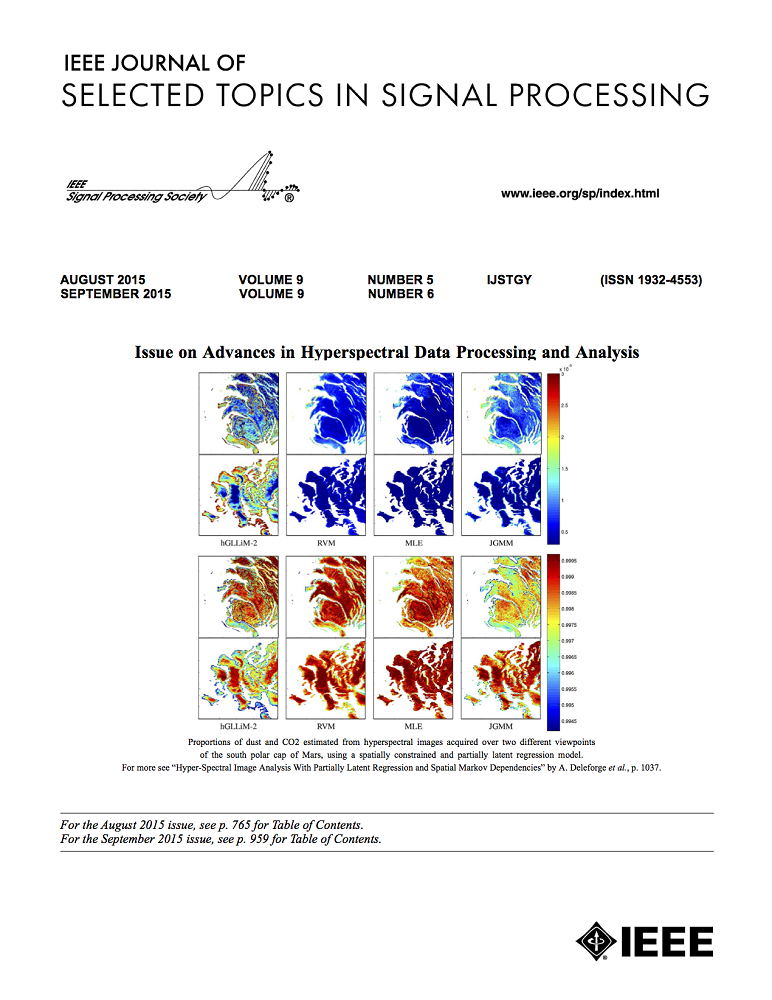通过深度强化学习为联网无人机提供具有指定性能的对峙目标跟踪
IF 8.7
1区 工程技术
Q1 ENGINEERING, ELECTRICAL & ELECTRONIC
IEEE Journal of Selected Topics in Signal Processing
Pub Date : 2024-07-09
DOI:10.1109/JSTSP.2024.3425052
引用次数: 0
摘要
保持联网无人飞行器(UAV)的快速和长时间对峙目标跟踪具有挑战性,因为现有方法无法在提高跟踪性能的同时降低能耗。本文提出了一种基于深度强化学习(DRL)的无人飞行器近似逃逸目标跟踪方案,可有效解决时间限制并保证低能耗。在第一阶段,仅使用方位测量开发了协调目标跟踪协议和目标位置估算器,使无人机能够沿着以目标为中心的对峙圆部署,并具有预期的角间距。此外,还根据简明滤波操作设计了未知系统动态估计器(USDE),以减轻不利干扰。在第二阶段,采用多代理深度确定性策略梯度(MADDPG),通过将时间限制编码为熟练的障碍函数,在跟踪精度和能耗之间取得最佳平衡。仿真结果表明,所提出的方法在跟踪精度和控制成本方面都优于基准方法。本文章由计算机程序翻译,如有差异,请以英文原文为准。
Standoff Target Tracking for Networked UAVs With Specified Performance via Deep Reinforcement Learning
Maintaining rapid and prolonged standoff target tracking for networked unmanned aerial vehicles (UAVs) is challenging, as existing methods fail to improve tracking performance while simultaneously reducing energy consumption. This paper proposes a deep reinforcement learning (DRL)-based tracking scheme for UAVs to approximate an escape target, effectively addressing time constraints and guaranteeing low energy expenditure. In the first phase, a coordinated target tracking protocol and a target position estimator are developed using only bearing measurements, which enable the deployment of UAVs along a standoff circle centered at the target with an expected angular spacing. Additionally, an unknown system dynamics estimator (USDE) is devised based on concise filtering operations to mitigate adverse disturbances. In the second phase, multi-agent deep deterministic policy gradient (MADDPG) is employed to strike an optimal balance between tracking accuracy and energy consumption by encoding time limitations as skilled barrier functions. Simulation results demonstrate that the proposed method outperforms benchmarks in terms of tracking accuracy and control cost.
求助全文
通过发布文献求助,成功后即可免费获取论文全文。
去求助
来源期刊

IEEE Journal of Selected Topics in Signal Processing
工程技术-工程:电子与电气
CiteScore
19.00
自引率
1.30%
发文量
135
审稿时长
3 months
期刊介绍:
The IEEE Journal of Selected Topics in Signal Processing (JSTSP) focuses on the Field of Interest of the IEEE Signal Processing Society, which encompasses the theory and application of various signal processing techniques. These techniques include filtering, coding, transmitting, estimating, detecting, analyzing, recognizing, synthesizing, recording, and reproducing signals using digital or analog devices. The term "signal" covers a wide range of data types, including audio, video, speech, image, communication, geophysical, sonar, radar, medical, musical, and others.
The journal format allows for in-depth exploration of signal processing topics, enabling the Society to cover both established and emerging areas. This includes interdisciplinary fields such as biomedical engineering and language processing, as well as areas not traditionally associated with engineering.
 求助内容:
求助内容: 应助结果提醒方式:
应助结果提醒方式:


